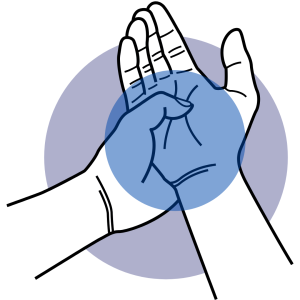
TRIGGER FINGER
Trigger finger refers to a condition in which a tendon is locked or stuck in the finger or hand. While the finger should extend in a straight line, in the case of trigger finger the tendon gets stuck in a groin and cannot bend or straighten. This condition is usually released suddenly when the finger is bent or straightened, and may be accompanied by a “trigger” sound.
Causes:
Tendon Thickening:
It can occur due to thickening or swelling of a tendon when the finger is bent or straightened.
Tendon Inflammation:
Tendon inflammation or tendonitis can contribute to the development of trigger finger.
Connective Tissue Problems:
Connective tissue diseases or rheumatic diseases can affect trigger finger formation.
Injuries:
Finger injuries or surgical interventions can cause trigger finger development.
Non-Surgical Treatment Methods:
Rest and Rest:
It is important to avoid repetitive movements that can worsen trigger finger symptoms.
Moderation Application:
Applying warmth can relieve trigger finger symptoms by relaxing muscles and tendons.
Tendon Stretching Exercises:
Tendon stretching exercises recommended by a physiotherapist can improve finger mobility.
Anti-inflammatory Drugs:
Medicines recommended by a doctor can control inflammation.
Wrist and Finger Orthotics: Specially designed braces and orthotics can support healing by restricting finger movement.
Surgical Treatment Methods:
Tendon Cut (Tenotomy):
Cutting the tendon can relieve trigger finger symptoms by relaxing the groin.
Tendon Release (Tenolysis):
A surgical procedure to correct or loosen the attachments of the tendon.
Tendon Transfer:
If the trigger finger is severe, transferring another intact tendon to the affected area may be considered.
Treatment methods may vary depending on the patient’s condition and the severity of the symptoms.




.png)
.png)
.png)